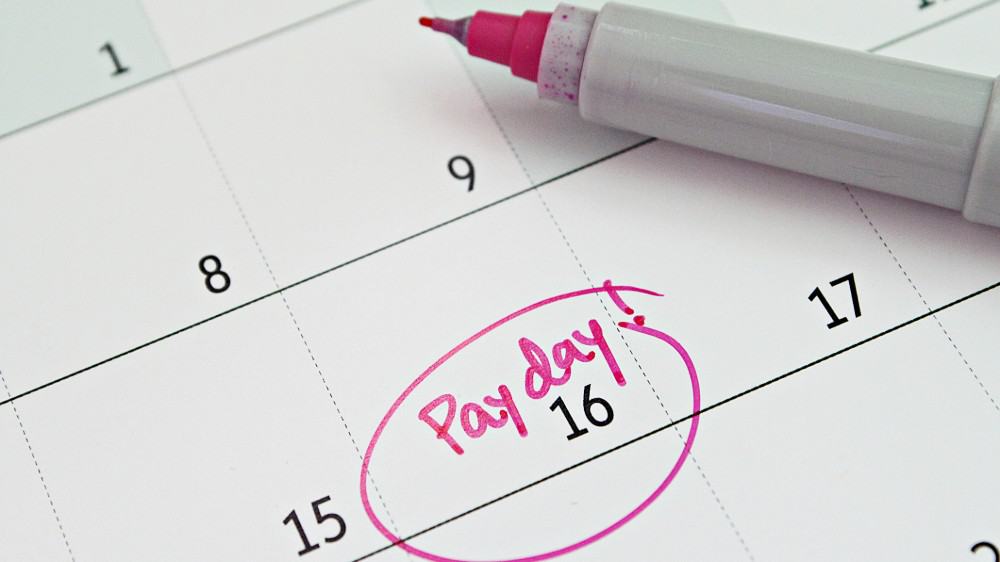As of July 2020, the CERB is set to expire on October 3. While the program was extended for eight weeks in June, that did not affect the program’s scheduled phase-out date. The extension was to the maximum number of weeks you could receive the benefit for, not the availability timeline.
If you’re currently receiving the CERB, you’re likely to run out soon. Given that, you’d be wise to start preparing for life after it’s gone. Unless there’s another extension, that will happen no later than October. While payments can be received retroactively, such payments won’t be available if you max out your eligibility.
The obvious way to prepare for life after the CERB is to find a job. But with the economy still reeling from COVID-19, it’s not clear that you’ll be able to. While much of Canada has re-opened, some larger cities remain shut down. In this environment, it may be hard to get your job back.
That doesn’t mean you can’t start planning for the future. By investing diligently, you can gradually build a portfolio of investments that pays you what CERB paid — and then some. Unless you have a large amount of savings now, you won’t get there overnight. But you can get there eventually. The following are three ways to do just that.
Stocks
Dividend stocks are one type of investment that can produce significant income. They can be risky, but you can reduce the risk by buying a low-fee index ETF like the iShares S&P/TSX 60 Index Fund (TSX:XIU).
XIU is a fund that yields 3.4% at today’s prices. You’d need a $700,000 portfolio at a 3.4% average yield to get to $24,000 a year — or $2,000 a month. Of course, dividend funds like XIU don’t pay out monthly. They pay out quarterly (four times a year). But it works out to the same monthly amount.
Not only that, but dividends can grow over time. The XIU fund is heavily concentrated in banks and utilities, which tend to increase their dividends year after year. So, you needn’t necessarily invest $700,000 to eventually get a portfolio yielding $24,000 a year. All you need is patience, regular reinvestment, and a few decades ahead of you.
Bonds
Bonds are another solid option for generating passive income. They don’t have the growth potential of stocks, but they have the virtue of being safer. With a corporate bond fund like the BMO Mid-Term U.S. Investment Grade Corporate Bond Index Fund, you could get a yield in the 2-3% range. It would be lower if you went with government bonds, which are the safest and lowest-yielding of them all. At a 2.4% annualized yield, you’d need to invest $1,000,000 to create a $2,000 a month income stream.
Real estate
Last but not least, we have real estate. If you invest in a rental property, you could get an income stream exceeding $2,000 a month very quickly. According to rentals.ca, the average rent on a one bedroom apartment in Toronto is $2,063. You could get even more than that by renting out an entire house. This would be a pretty quick way to get a $2,000 monthly income stream going. Just remember that with rental properties, unless you’re already rich, you’ll have to take out a mortgage and pay it off.









